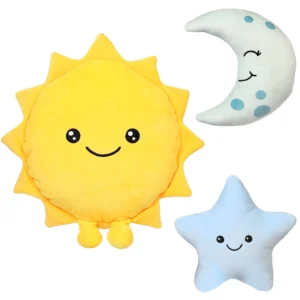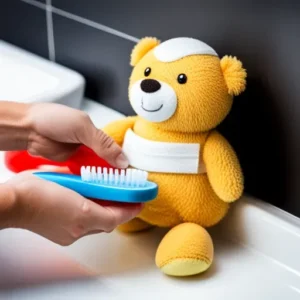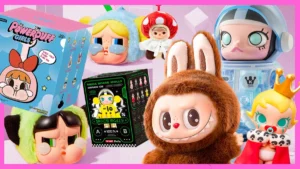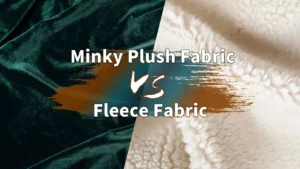Plush toys have captured the hearts of children and adults alike for generations, blending comfort, creativity, and nostalgia into soft, cuddly companions. But beyond their cute appearance, plush toys carry rich meanings and play significant roles in development, culture, and even sustainability today. Understanding what plush toys really mean and how they fit into modern life reveals why they remain timeless favorites worldwide.
In essence, a plush toy is a soft, stuffed toy made primarily from plush fabric and filled with cushioning material. It offers tactile comfort, imaginative play opportunities, and emotional support to users of all ages, making it much more than just a simple toy. This guide dives deep into what plush toys are, how they are made, their safety aspects, popular styles, their impact on child development, and environmental considerations—everything you need to know about these beloved companions.
Imagine your favorite childhood plush toy—the one you hugged to sleep or took everywhere. Behind that simple softness lies an intricate blend of design, craftsmanship, and meaning that connects millions worldwide. Let’s explore this fascinating world together.
1. What Is a Plush Toy and How Is It Defined?

A plush toy is defined as a soft, stuffed figure typically made from plush fabric, featuring a textile outer layer and a cushioned filling inside. Unlike hard plastic or wooden toys, plush toys offer softness and flexibility, making them ideal for hugging and cuddling. They are often designed to resemble animals, fictional characters, or imaginative creatures, serving both decorative and interactive roles.
- Historical Origins: Plush toys originated in the late 19th and early 20th centuries alongside the rise of textile manufacturing, evolving from basic rag dolls to finely crafted stuffed animals.
- Definition Variations: Some collectors and manufacturers distinguish plush toys by their fabric texture or intended use (decorative vs. play).
- Global Terminology: Terms like “stuffed animals,” “soft toys,” and “plushies” are used interchangeably, depending on region and market.
- Cultural Symbolism: In many cultures, plush toys symbolize comfort, friendship, and childhood innocence.
- Technology in Plush Design: Modern plush toys integrate technology (sound, light) but maintain core softness as a defining feature.
| Category | Details |
|---|---|
| Definition | Soft, stuffed figure with a textile exterior and cushioned interior. |
| Material | Typically made from plush fabric with soft filling. |
| Function | Designed for hugging, cuddling, decoration, or interactive play. |
| Common Forms | Animals, fictional characters, imaginative creatures. |
| Historical Origins | Emerged in late 19th–early 20th century with textile industry development. |
| Terminology | Also known as stuffed animals, soft toys, or plushies (regional variations). |
| Use Classification | Some are meant for play; others for decorative or collectible use. |
| Cultural Symbolism | Associated with comfort, innocence, and emotional bonding. |
| Modern Trends | Some incorporate tech features (e.g., sound/light) while staying soft. |
2. Which Materials Are Commonly Used to Make Plush Toys?
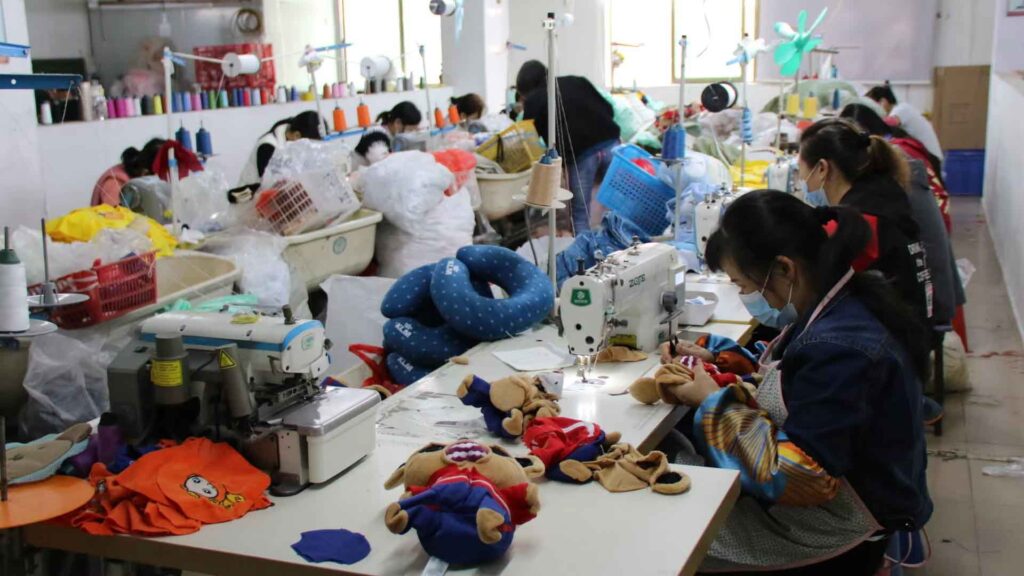
Plush toys primarily use plush fabric— a soft textile made from synthetic fibers such as polyester or acrylic. The stuffing inside often consists of polyester fiberfill, cotton, or sometimes eco-friendly materials like recycled fibers or natural wool. Safety-grade dyes and hypoallergenic materials are increasingly standard to ensure health and sustainability.
- Fabric Types and Their Impact: Plush, fleece, velour, and minky fabrics each offer different textures and durability.
- Stuffing Innovations: Advances include biodegradable fiberfill and recycled stuffing to reduce environmental footprint.
- Safety and Certification: Materials must comply with safety standards like CPSIA (US) or EN71 (EU), ensuring non-toxicity and fire resistance.
- Material Sourcing Challenges: Balancing cost, durability, softness, and eco-friendliness remains a core manufacturing challenge.
- Examples of Popular Materials:
| Material | Description | Pros | Cons |
|---|---|---|---|
| Polyester Plush | Synthetic soft fabric, common and durable | Soft, easy to clean | Non-biodegradable |
| Cotton Filling | Natural fiber stuffing | Hypoallergenic, natural | Can clump, less resilient |
| Recycled Fiberfill | Eco-friendly stuffing from recycled plastic | Sustainable, lightweight | Higher cost, less common |
| Wool | Natural, warm filling | Biodegradable, natural | Can cause allergies, costly |
3. How Are Plush Toys Manufactured?
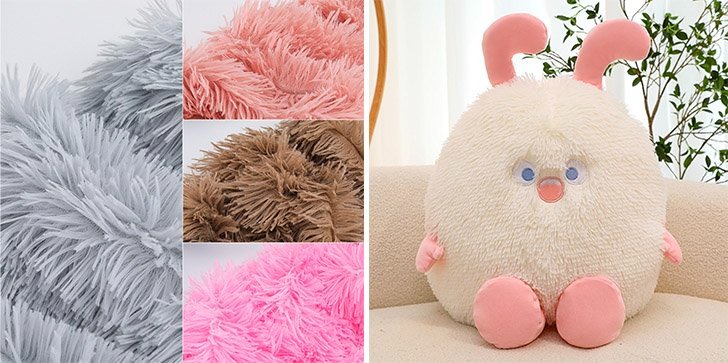
The manufacturing of plush toys involves multiple steps: fabric cutting, stitching, stuffing, quality checks, and finishing details like embroidery or accessories. Modern factories use a blend of automated machines and skilled labor to maintain consistency, safety, and aesthetic appeal.
- Cutting and Sewing: Precision cutting ensures fabric shapes match patterns; stitching must be strong to withstand play.
- Stuffing Techniques: Even distribution of stuffing impacts the toy’s shape and softness.
- Safety Inspections: Factories run tests for choking hazards, seam strength, and material toxicity.
- Customization Options: OEM and ODM models allow for tailored designs, colors, and packaging to suit different markets.
- Technology in Production: Robotics increasingly assist in embroidery and packaging for efficiency.
- Example Production Flowchart:
| Step | Description |
|---|---|
| Pattern Design | Creating templates for fabric cutting |
| Fabric Cutting | Cutting plush fabric according to pattern |
| Sewing | Stitching fabric pieces together |
| Stuffing | Inserting and evenly distributing filling |
| Detailing | Adding eyes, noses, embroidery, or accessories |
| Quality Control | Checking for defects and safety compliance |
| Packaging | Preparing the toy for shipping |
4. Are Plush Toys Safe for Babies and Children?
Plush toys are generally safe if they meet international safety standards, but parents must ensure toys are age-appropriate, free from small detachable parts, and made with non-toxic materials. Certifications such as ASTM, CPSIA, and EN71 are key indicators of safety.
- Age Recommendations: Toys designed for newborns differ significantly from those for older children in terms of size, parts, and material.
- Choking Hazards: Buttons, plastic eyes, or accessories can pose risks if not securely attached.
- Hypoallergenic Materials: For sensitive children, organic cotton and allergen-free stuffing are best.
- Cleaning and Maintenance: Regular washing guidelines help maintain hygiene.
- Consumer Awareness: Reading labels and certifications empowers safe purchasing.
- Examples of Safety Labels:
| Certification | Region | Safety Focus |
|---|---|---|
| CPSIA | USA | Lead content, phthalates, choking hazards |
| EN71 | Europe | Mechanical, flammability, chemical safety |
| ASTM F963 | USA | Comprehensive toy safety standards |
5. What Are the Popular Types and Styles of Plush Toys
Plush toys range from classic teddy bears and animals to licensed character dolls, fantasy creatures, and interactive plush with sound or light. Custom plush toys are trending, offering personalized colors, sizes, and features.
- Classic vs. Modern: Timeless shapes like bears contrast with tech-enhanced toys.
- Collectibles: Limited editions and brand collaborations appeal to adult collectors.
- Customization: Advances in 3D modeling enable bespoke plush production.
- Cultural Variations: Kawaii-style plush in Japan vs. traditional American teddy bears.
- Examples of Popular Styles:
| Type | Description | Typical Use |
|---|---|---|
| Teddy Bears | Iconic plush animals, various sizes | Comfort, gifts, collectibles |
| Character Plush | Based on movies, cartoons, games | Licensed merchandise, fandom |
| Fantasy Plush | Unicorns, dragons, mythical creatures | Imaginative play, decor |
| Interactive Plush | Sound/light features | Engagement, educational toys |
| Personalized Plush | Customized with names/colors | Gifts, promotional products |
6. How Do Plush Toys Impact Child Development and Emotional Well-being?
Plush toys contribute positively to children’s emotional growth, offering comfort, fostering imagination, and even helping develop social skills through pretend play. They can serve as transitional objects, easing separation anxiety and providing a sense of security.
- Emotional Comfort: Plush toys help children self-soothe during stressful moments.
- Imaginative Play: Role-playing with plush fosters creativity and language development.
- Social Skills: Sharing and storytelling around plush toys build empathy.
- Therapeutic Uses: Plush toys are used in pediatric therapy settings.
- Scientific Studies: Research links plush toys to positive cognitive and emotional outcomes.
- Example Benefits Table:
| Benefit | Description |
|---|---|
| Comfort and Security | Provides emotional support and reduces stress |
| Cognitive Development | Enhances creativity and problem-solving skills |
| Social Interaction | Encourages sharing and empathy through play |
| Language Skills | Facilitates storytelling and communication |
| Therapeutic Aid | Used in therapy to assist with emotional healing |
7. Do Plush Toys Have Environmental or Sustainability Concerns?
While plush toys bring joy, their production can raise environmental concerns due to synthetic materials and manufacturing waste. However, sustainable practices and eco-friendly materials are increasingly adopted to reduce impact.
- Environmental Footprint: Conventional polyester is petroleum-based and non-biodegradable.
- Sustainable Alternatives: Organic cotton, recycled polyester, and biodegradable stuffing options.
- Green Manufacturing: Energy-efficient production and reduced waste processes.
- Consumer Trends: Growing demand for eco-conscious plush toys.
- Kinwin’s Commitment: As a professional manufacturer, Kinwin prioritizes eco-friendly sourcing and sustainable innovation.
- Example Environmental Data:
| Material | Carbon Footprint (kg CO2e/kg) | Biodegradability | Recyclability |
|---|---|---|---|
| Conventional Polyester | 3.5 | No | Limited |
| Organic Cotton | 1.8 | Yes | Yes |
| Recycled Polyester | 2.0 | No | Yes |
Conclusion
Plush toys are far more than simple playthings—they are cultural icons, developmental aids, and emotional companions crafted with care and evolving materials. Whether for a child’s first friend or a collector’s prized piece, understanding what makes plush toys special helps us appreciate their enduring charm and value.
If you’re looking for high-quality, customizable plush toys crafted with advanced production technology and a strong commitment to sustainability, Kinwin is your trusted partner. Reach out today to discuss your custom plush toy needs and experience professional service tailored to your unique requirements.




